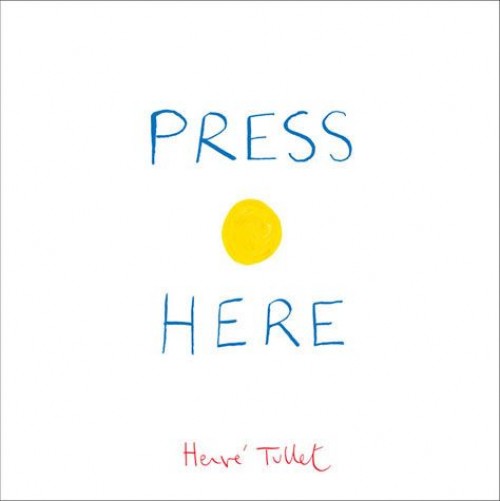There are a number of universal laws that exist in this world. Some of these include Murphy's law, the law of gravity, and the fact that children will misbehave. That's part of being a child and we as parents realize that it is absolutely inevitable. However, just because misbehavior is normal does
not mean that it is acceptable. We want our children to learn self-discipline and that there are consequences when they misbehave. One way that many parents do this is through the use of "time out". Here are several tips for disciplining your children and teaching them:
Make sure both you and your spouse are the disciplinarians. You don't want to ever give your child the impression that one of you is the good guy and the other is the bad guy.
Have a set time-out spot. Or have several. And make sure you choose a spot that you are okay with them not liking. For example, don't make the crib a time-out spot. You don't want them to associate where they sleep with where they feel that they are in trouble. They will quickly come to resent that location, and the crib is definitely not somewhere that you want them to resent.
Don't make empty threats. Too many parents use the "If you do that one more time..." ultimatum, but they never follow through. The child continues to repeat the behavior and the parent continues to repeat the threat. Your child will quickly learn that you aren't going to follow through.
Don't yell. This can be one of the hardest things to avoid doing, especially when an entire Costco-sized bag of grapes has been smooshed into the living room carpet. Screaming may be the first thing you want to do, but don't do it. You do not want to train your children to be afraid of you. You want to teach them that there are consequences for their actions and that they did something wrong. Use a firm voice and tell them exactly what they did wrong and that it is not okay.
If you want toys picked up or something done that you have already asked them to do, give them a warning. Not two or three or ten warnings, one warning. After that, follow through on whatever consequence has been assigned to failure to obey. (Example: Tell them you will count to three and if the toys still are not picked up by the time you get to three, they will be going to time out. Count, and if the toys still aren't picked up, put them in time out.
Tips for more effective and successful time-outs:
- Go down to his level
- Make eye contact
- Tell her that she did something unacceptable
- Explain why he is sitting in time-out and that he needs to stay there until you come and get him
- The length of the time-out is determined by your child's age: 1 minute X his or her age. A timer would be useful here and serves as a good visual indication for the child to watch the time go by.
- At the end of the time-out, the child must apologize. Have her tell you why she was in time-out in the first place. She should then tell you, give you a hug and a kiss, and go apologize if she hurt someone else and give that person a hug and a kiss too.
- If he leaves the time-out area, simply pick him up and place him back in time-out without making eye contact. Sometimes, you might spend the entire time doing this. But they will learn quickly, and will eventually know to just sit there quietly until the time-out is over.
The most important thing with teaching your children is to stick to your guns. You love your children and you don't want them to be sad or upset, but in order to teach them about consequences, you need to make rules and enforce them the first time. To do anything else is a disservice to you and to your child.








 Next to being with family, the most memorable thing about
Thanksgiving for me is all the delicious food we can eat. To go along with this our book for story time
was all about eating. The kids were able to see what the different
animals ate and talk about the different foods they loved to eat. Some of the animals ate only meat; others
only ate fruits and vegetables. It was
fun to ask the kids which animals ate both meats and vegetable just like
us!
Next to being with family, the most memorable thing about
Thanksgiving for me is all the delicious food we can eat. To go along with this our book for story time
was all about eating. The kids were able to see what the different
animals ate and talk about the different foods they loved to eat. Some of the animals ate only meat; others
only ate fruits and vegetables. It was
fun to ask the kids which animals ate both meats and vegetable just like
us! 






